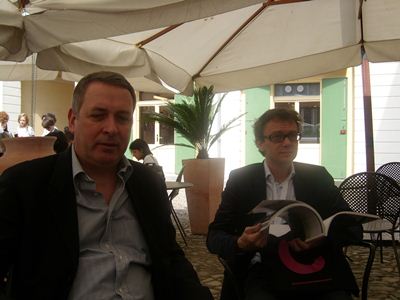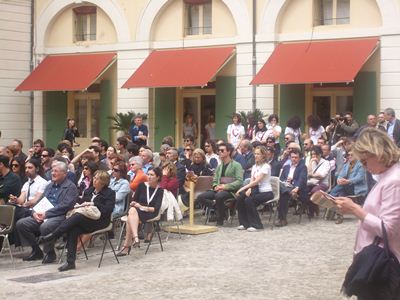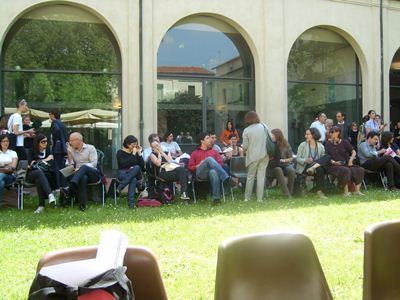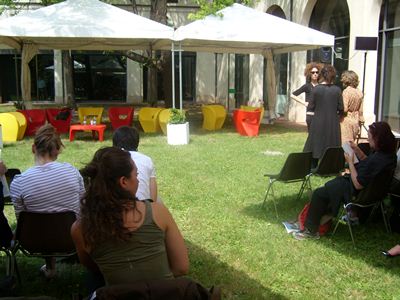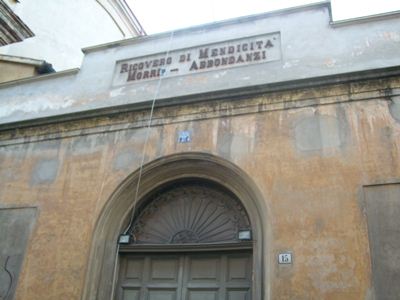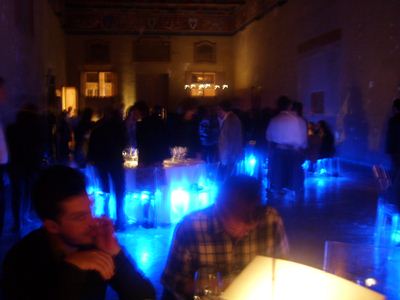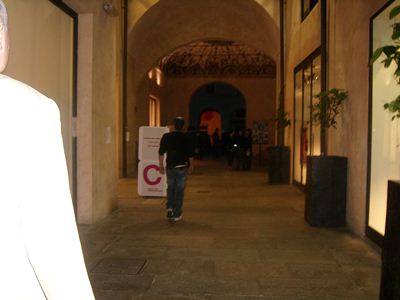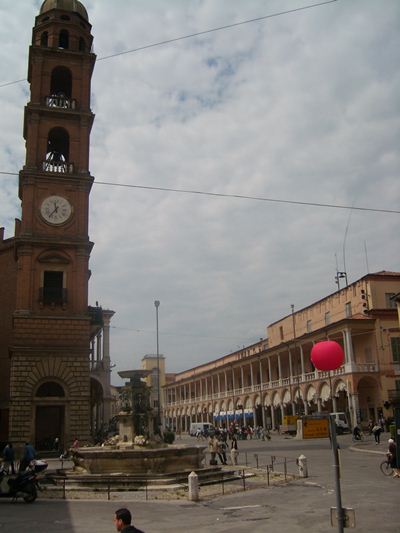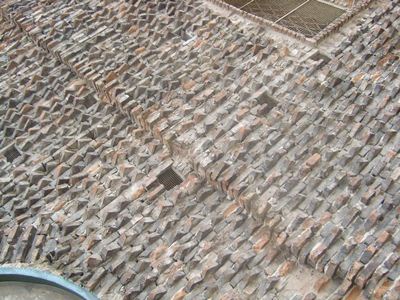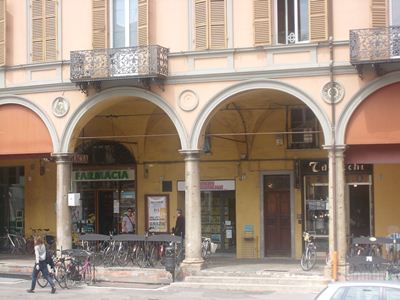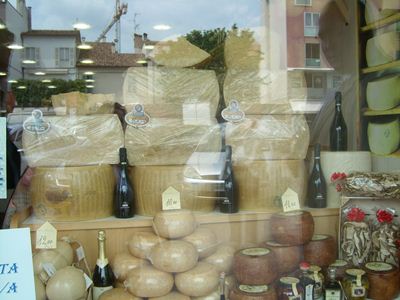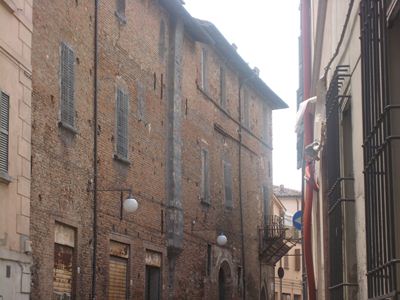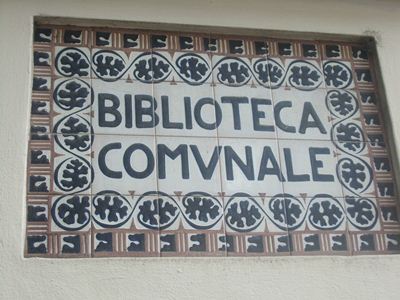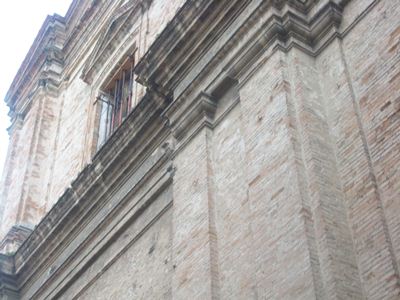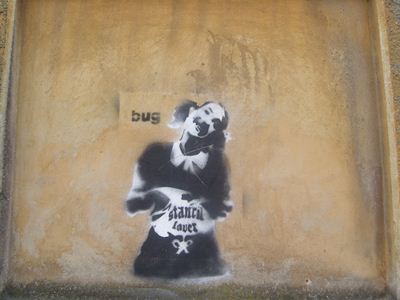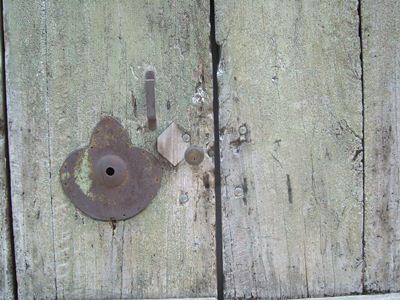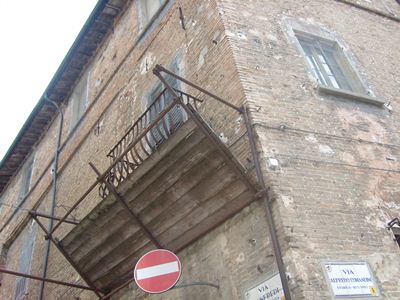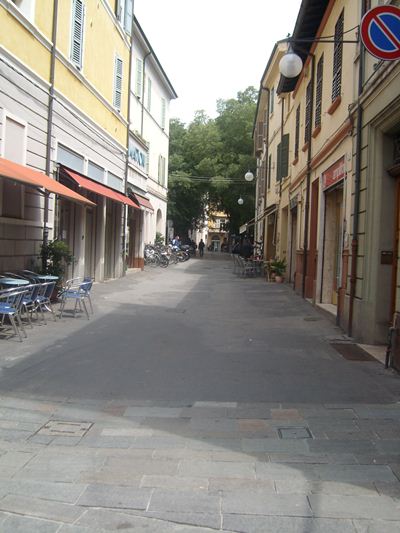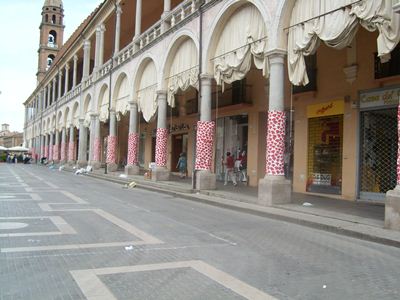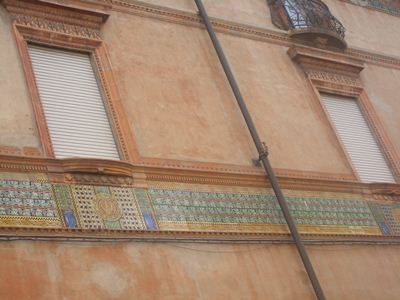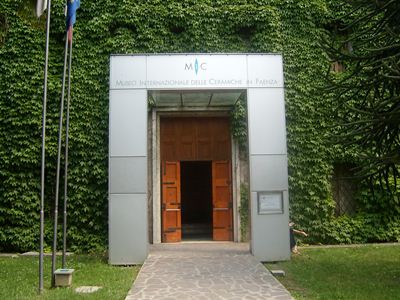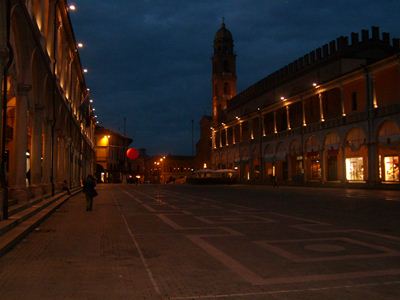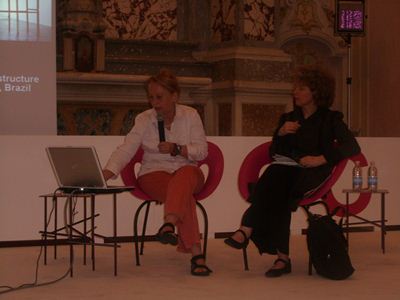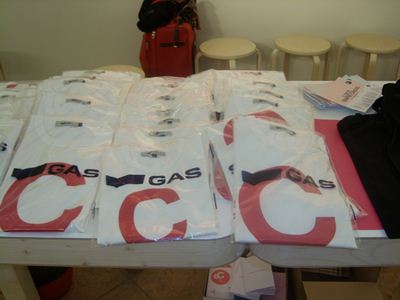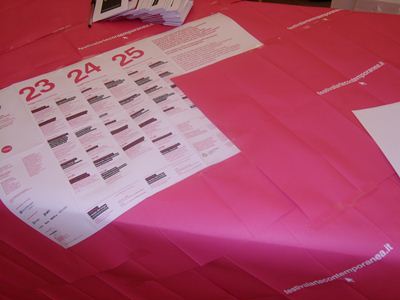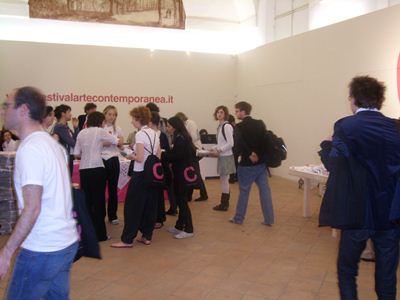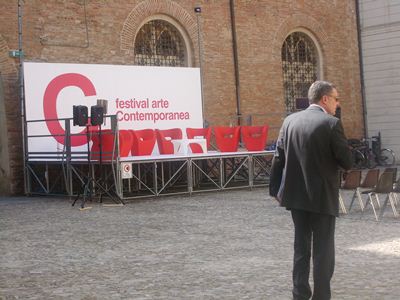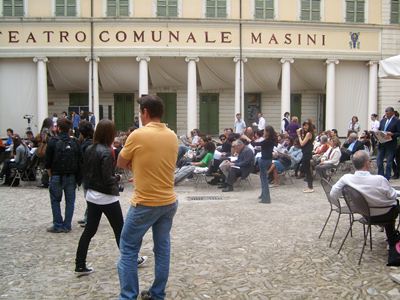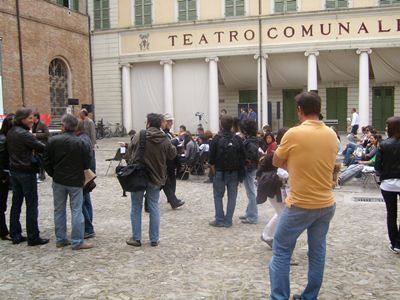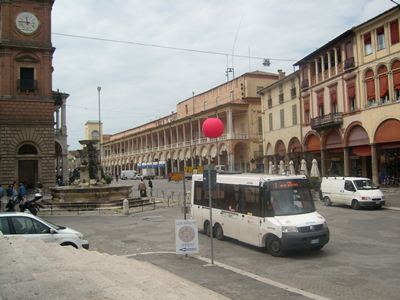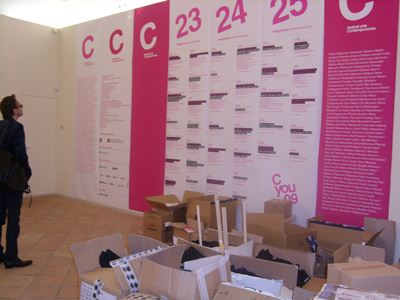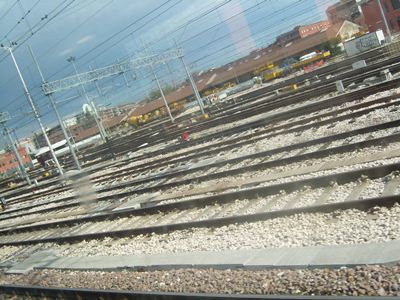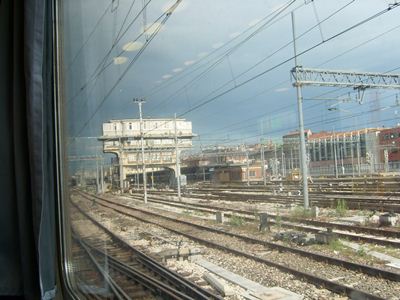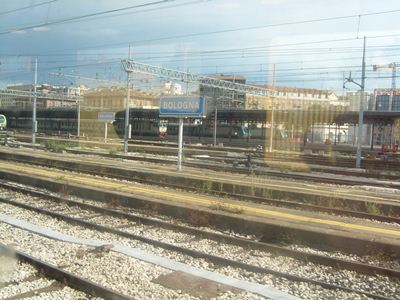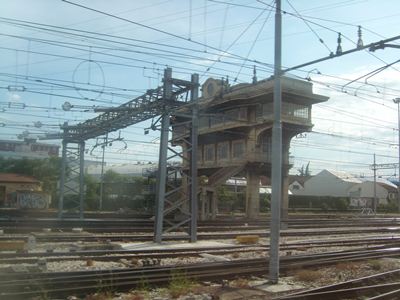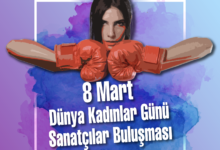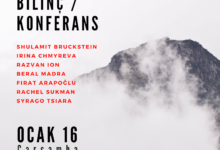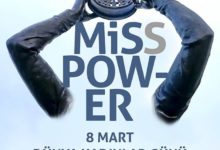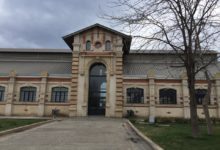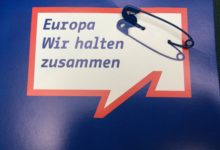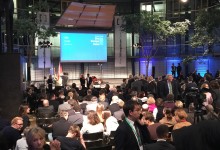International Festival of Contemporary Art
Futuro Presente/Present Continuous
Faenza, from 23 to 25 May 2008
The Festival
Three days dedicated to present-day art and the directions in which it is developing, in the company of artists, critics, curators and the entire sphere of professionals, scholars and opinion leaders that gravitate around the international contemporary art system.
The city of Faenza will be hosting events, round tables, debates and workshops conceived not just for those directly involved and the ever-increasing fans of contemporary art, but also as a means of bringing art closer to the public at large.
The city
The initiative forms part of the project entitled “Ideas in motion- Faenza towards the evolved cultural district”, promoted by the Municipality of Faenza and supported by local cultural organisations, under the scientific guidance of Pier Luigi Sacco. With this Festival and many other projects, the city is proposing its candidature as the first Italian case in which the integrated development model of the evolved cultural district is actually applied.
The programme
Forum: Art and Curatorial Schools, Next Step
The recent development of the contemporary art system is leading to an increasing demand for training of the artistic professions. It poses a series of questions concerning their practices, training standards and networking at an international level.
Speakers: Okwui Enwezor (San Francisco Art Institute), Larry Rinder (California College of the Arts), Robert Storr (Yale University School of Art), Maria Lind (Centre for Curatorial Studies at Bard College), Marco de Michelis (IUAV).*
Contaminations
Contemporary art is producing ever-greater hybrid crosses with architecture, design and fashion. The conversations from the “Contaminations” cycle set out to examine its meaning and critical areas, reflecting on future developments of this dialogue between the various disciplines.
Speakers: Achille Bonito Oliva (art critic), Stefano Boeri (Abitare), Maria Luisa Frisa (IUAV), Antonio Marras (stylist), Cristiano Seganfredo (Fuori Biennial), Mathieu Mercier (artist).*
Museums: projects and perspectives
Contemporary art museums are complex organisations in which cultural programming issues intermingle with those of its relationship with the surrounding area, management strategies and the formation of international collaboration networks.
Speakers: Gerald Matt (Kunsthalle Wien), Udo Kittelmann (MMK Frankfurt), Giacinto Di Pientrantonio (GAMeC, Bergamo), Danilo Eccher (Macro, Roma), Eduardo Cycelin (Madre, Naples), Iwona Blazwick (Whitechapel, London), Angela Vettese (Civic Gallery of Modena), Carlos Basualdo (Philadelphia Museum of Art).*
Coming Shows
A series of conferences that provides a glimpse of the highlights of the international cultural programme scheduled for the coming year. The direct protagonists will explain their project ideas in the course of the event.
Speakers: Hedwig Fijen (Manifesta), Fabio Cavallucci (Civic Gallery, Trento), Angela Vettese (Civic Gallery of Modena), Okwui Enwezor (Biennial of Gwuangju), Francesco Bonami (MCA, Chicago), Iwona Blazwick (Whitechapel), Massimiliano Gioni (New Museum, New York).*
New horizons for the evolved cultural district
In Italy, the relationship between contemporary art and the local area is becoming increasingly close, and involves a wide variety of individuals. To what extent can a contemporary art museum become the protagonist of a project for local development that focuses on the knowledge-based economy?
Speakers: Pier Luigi Sacco (IUAV), Julia Draganovic (PAN, Naples), Marco Pierini (Palazzo delle Papesse, Siena), Ludovico Pratesi (Pescheria Centre for Visual Arts, Pesaro).*
Italian entrepreneurs in contemporary art: projects and perspectives
Italy is making its mark on the international scene with its ability to involve businesses in the artistic field, not so much as suppliers of resources but as cultural operators with their own strategy. This forum provides a view of some of the most innovative and interesting experiences of recent years.
Speakers: Gianluca Winkler (Pirelli RE), Maria Paoletti Masini (Teseco), Gail Cochrane (Spinola Banna Foundation, Banna di Poirino).*
To be made
Some of the greatest protagonists of the artistic scene of our times tell their story in a conversation on their future projects, with curators and professionals of international standing.
Speakers: Marjetica Potrc (artist), Gabi Scardi (curator), Agnes Kohlmeyer (IUAV), Germano Celant (Prada Foundation).*
Policy/Politics
Today’s cultural policies are a pivotal element of the contemporary art system, both from the point of view of the disbursement of funds and of the creation of new containers, the development of new commissioning models, and interaction with other cultural supply sectors.
Speakers: Flavio Albanese (Domus), Aneta Szylak (Wyspa, Gdansk), Marketta Seppala (Frame, Helsinki), Chus Martinez (Frankfurter Kunstverein), Laura Capel Tatjer (Institut d’EstudisTerritorials
Universitat Pompeu Fabra / Generalitat de Catalunya).*
Art incorporated: Looking Ahead
The commercial dimension of art has an increasingly complex role to play which is not confined to mediation between artist and collector; rather it is consolidating its position as a structured entity with ambitious plans that almost compete with those of the cultural institutions and large-scale exhibitions.
Speakers: Marko Stamenkovic (curator), Beral Madra (curator), Viktor Misiano (curator), Branko Franceschi (Rijeka Museum of modern and contemporary art), Minhea Mircan (Mnac, Bucharest) Barnabas Bencsik (Acax, Budapest), Marina Sorbello (uqbar, Berlin), Alexis Hubshman (Scope Art Fair), Jonathan Watkins (Ikon Gallery, Birmingham), Roberto Pinto (curator).*
Coffee Table discussion: an overview of young Italian art, by Alberto Garutti
Alberto Garutti, one of the key figures of the dialogue with the most recent generation of Italian artists, discusses the prospects and critical areas of the young Italian scene of recent years with them.
Forum: Futuro Presente/ Present Continuous, projects and perspectives
A collection of comparative statements underscore the emerging issues and most delicate aspects on which the curatorial world of contemporary art is focusing.
Speakers: T.J. Demos (University College London), Pamela Lee (Stanford University, Stanford – CA), Alexander Alberro (University of Florida).*
Coffee Table Discussion: Magazines
What is the role of specialist magazines today in diffusing, promoting and constructing contemporary art? What position do they play in the market? Italian and foreign entities compare notes and outline the prospects for the sector’s publishing wing.
Speakers: Simona Vendrame (Tema Celeste), Michele Robecchi (Contemporary Art Magazine, London).*
Institutional contributions
The relationship between public and private and the role of institutions in supporting young artists and promoting contemporary art in Italy and abroad: these are the issues to be tackled by the directors of institutions attempting to get to grips with enhancing artistic creativity, and the representatives of the regional and local authorities which include present-day art in their cultural policies.
Speakers: Pio Baldi (DARC), Fiorenzo Alfieri (Gai).*
Collateral Initiatives
In accordance with the wider project entitled “Ideas in motion – Faenza towards the evolved cultural district”, of which the Festival forms a part, the local cultural organisations will be participating in an intense programme of initiatives scheduled throughout the city.
Presentation to the Forum Session:
From curatorial theories to curatorial practices
My curatorial venture since 1987 can be assessed in three stages: the introduction of curatorial theory and practice to the art scene ofIstanbul; the international encounter through exhibitions; and drifting apart from conventional curating and quest for new ways of exhibiting.
In the 80’s, within the context of the periphery curating was a distant model of making exhibitions in relation to the architectural and socio-political space. However, the exhibitions launched in historical buildings in the 1st and 2nd Biennale of İstanbul contributed to the concept and the aesthetics initiated by Harald Szeemann. The theory and the practice were austerely attuned.
In the 90’s Istanbulart scene adopted itself to the requirements of the globalization trends and step by step the curator’s subjective interpretation and choice became the main endeavor in exhibition making. The sterile content of the exhibitions changed to a hybridized substance with an intention to divert the viewers’ attention to the momentum of the artwork rather than to the process and sustainability of the artwork. The theory, with the support of striking titles elaborated the showiness of the exhibition.
In the last decade curating turned away from its previous glittering course, became an almost ruthless mediation/intervention within the neo-liberal culture industry. Utilizing the effect of multi-culti artworks from different modernities and systems the exhibitions became a platform of antinomy between the theory and practice. As a consequence curating is under continuous scrutiny about its real intentions and alternatives that respect and favor the artist’s ambitions and intentions spring up.
Curating is a very “cool” profession; yet in its deep center there is a desire of making dreams become reality, emphasize what is human, escape the dogmas of the art world, use the art as the point of focus rather as distraction.
In this sense, even if the current art market and job trends pushes the goals of the conscientious curator to the corner, curating today – at least in the region where I am operating- willingly or unwillingly presents ways of escape from the dogmas, ways of transporting art from one community to the other, even if there are political and geographical obstacles, ways of infiltrating into the crevices of electronic media.
For EYU curatorsIstanbulart and culture scene is still a filed of discovery of not only artists and art works, but also collectors, sponsors and partners. What they discover in the art making is of contradictory character: they discover that the appearance and the being are not the same; that the existing infrastructure is mainly misguided and mismanaged -even if there are some exceptions-; that the official cultural politics is not updated; that the Istanbul art scene stands on the shoulders of artists and idealistic individuals; that Istanbul itself is a stage of a surrealist play.
The current socio-political-economic context based on the continuous crises generated by the clash of modernist ideologies with the ideologies of global capitalism, the clash of nation state ideology with the consumer individualism is the most fertile aspiration field for contemporary art; even the foreign curators and artists benefit from this ambiguous context.
Beral Madra, March 2008


